Honey Mustard Salmon

Having lived in the Pacific Northwest (PNW) of these United States for many years allowed us to avail ourselves of some of the best seafood in the nation. Wild salmon is one our favorite choices. Honey Mustard Salmon isn’t a combination of flavors that was intuitive, but once I tried it, I can’t imagine not having tried it sooner!
What kind of salmon to buy for Honey Mustard Salmon?
Unless you live in the PNW, you might not know that there’s lots of salmon. Across other parts of the US, you see “salmon” for sale. You might see “wild salmon” or “farmed salmon”, but there might not be much more explanation about the type of salmon.
Did you know there’s King (also called Chinook), Coho, Silver, Sockeye, Chum … ? And probably more that I’m not even aware of! King is … well, it’s King! It’s the largest and most expensive per pound. In the Spring, we find “Copper River Salmon” that are also sold at a premium. They are fattier because of the super cold temperature of the Copper River and they are indeed tasty!
For my everyday dinner budget, I don’t prefer one type of salmon over the other necessarily. My stipulations are that the fish are a natural color, a good price, and wild. I never buy farmed. Do your own research about added color, antibiotics, and the health benefits of wild fish.
To bone or or not to bone?
The answer is definitely “to bone”! The bones in salmon are quite sizable and it’s a much more pleasant eating experience to not have to eat around them!
I was fortunate that my fishmonger offered to bone this fillet, but if you have to do it yourself, you’ll find the bones along the line where my pointer finger is in the photo above. Move your finger or fish tweezers along that line from the head end to the tail and the bones will show themselves. Use fish tweezers to grab the end of the bone and pull them out. Be sure to pull strongly towards the head being careful to not disfigure the flesh.
A confession:
I have tried cooking salmon with both skin on and skin off and I have to tell you that SKIN ON is the easiest way! After it has cooked, it comes off easily so there’s no need to struggle removing it before cooking.
The best method is to start by searing the flesh side down, turn it, then let the skin hold the flesh together as it finishes cooking. As always, I use my fish spatula … it is long enough to hold each fillet entirely and securely.
How do I know when salmon is cooked properly?
It only takes 3-4 minutes on each side to cook salmon fillets! I hold them in a slightly warm oven (about 200 degrees F) while I quickly make the honey mustard sauce. You don’t want the oven very warm because you absolutely do not want to continue cooking the salmon. Salmon is perfectly cooked when it is still a bit translucent on the inside. If you see any white substance on the surface of the fish, you’ll know that it’s overcooked. When you see white, you’ve cooked the fat out of it and the fat is where the flavor and texture are!
Making the Honey Mustard Sauce
In the same skillet that you just took the salmon out of, add a bit of butter and cook the garlic.
Then deglaze the pan with white wine or chicken broth and let it reduce.
To finish the sauce, combine cream, honey, and Dijon mustard. Add the mixture slowly to the pan stirring the whole time so that the cream doesn’t curdle.
Add dill and lemon zest.
Serve Honey Mustard Salmon with lemon wedges and more fresh dill and lemon zest on top. I like it simply with asparagus, but basmati rice is also a great side dish.
Isn’t that beautiful?!
Honey Mustard Salmon
Recipe details
Ingredients
- 4 6-8 ounce salmon fillets bones removed
- salt and pepper for seasoning
- oil to cook the salmon in`
- 1 Tablespoon butter
- 4 cloves garlic chopped
- 1 cup white wine or chicken broth
- 1 cup heavy cream See notes
- 2 Tablespoons Dijon mustard
- 2 Tablespoons honey
- 1/4 cup fresh dill chopped
- zest of one lemon
- lemon wedges for serving
Instructions
- Heat the oven to 200°F.
- Season the salmon with salt and pepper.
- Heat a large skillet (cast iron is fantastic!) over medium high heat. When it is hot, pour enough oil in to cover the bottom of the skillet.
- Lay the salmon fillets in flesh side down. Let them cook for about 4 minutes without disturbing them. Turn them gently and cook for another 3-4 minutes on the skin side. Transfer them to a dish and put them in the preheated oven. Turn the oven off.
- In the same skillet, add the butter and let it melt. Add the garlic and cook for 30-45 seconds.
- Add the white wine (or chicken broth) and let it reduce to about half.
- Warm the cream slightly (see notes), and mix with the mustard and honey. Add the mixture slowly to the skillet, stirring constantly. Bring to a slight simmer to thicken.
- Add the chopped dill and lemon zest, reserving some of each for garnish.
- Serve with lemon wedges, asparagus, and basmati rice.
Tips
- The recipe calls for 4 pieces of salmon, but of course, if you’re feeding more than 4 people, scale the recipe appropriately.
- Buy wild salmon!
- Putting cold cream into a hot skillet will cause it to curdle and separate. You can avoid this in a couple of ways. One is to warm it gently on the stove (or microwave) in a separate pot. Another is to temper it by spooning some of the already-warm reduced wine and garlic into the cream first, thereby raising the temperature of the cream. The former method takes a little more time, but works well to help melt the honey as well. The latter is great for those times when you need a shortcut and don’t want another pot to wash!




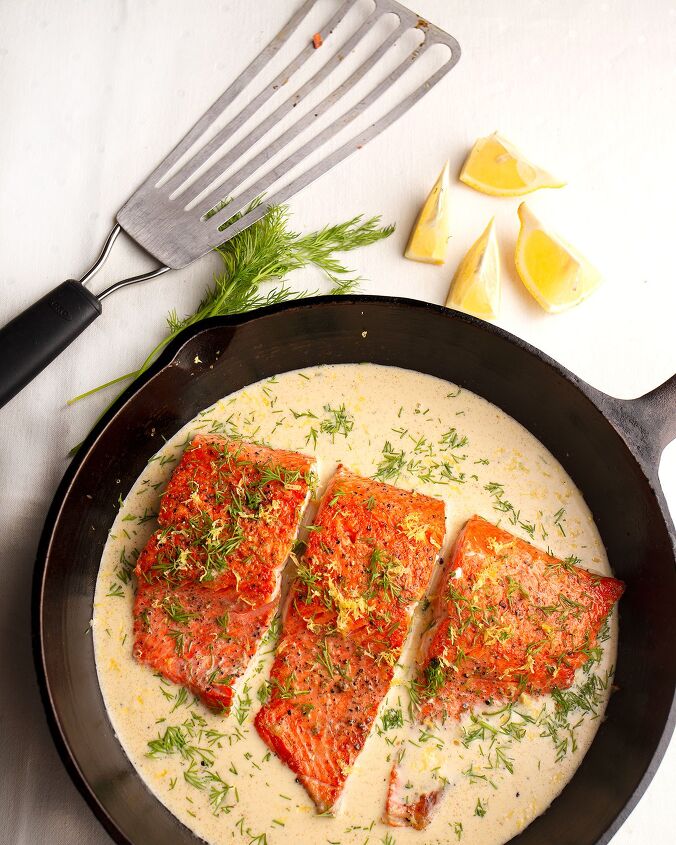










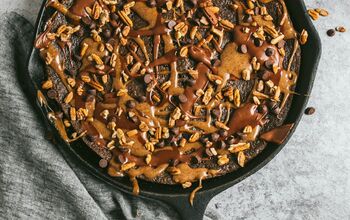

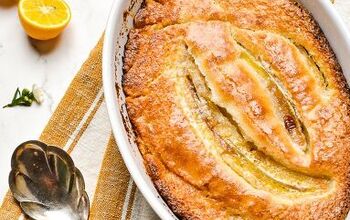

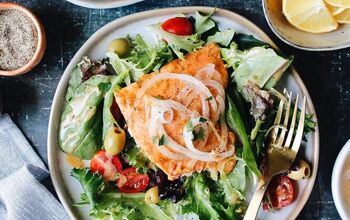
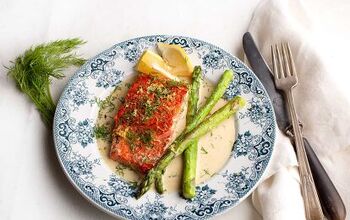

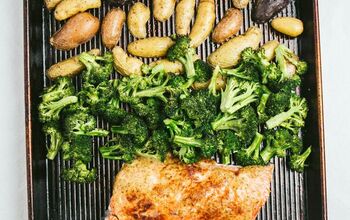
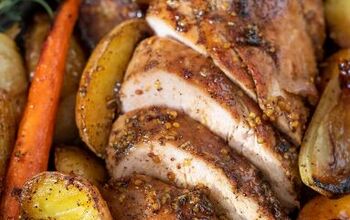

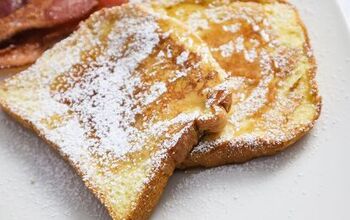


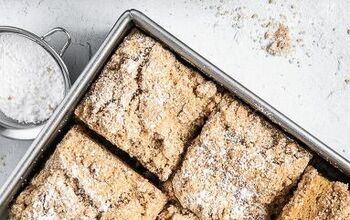

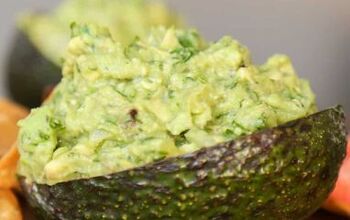
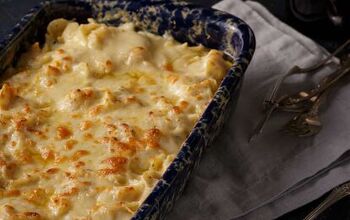
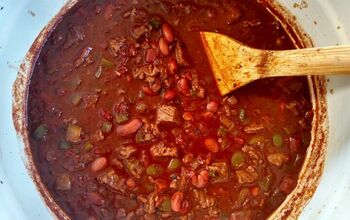

Comments
Share your thoughts, or ask a question!